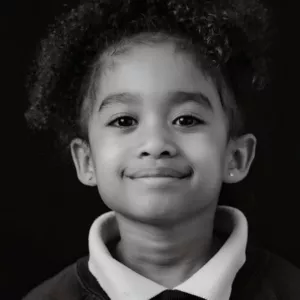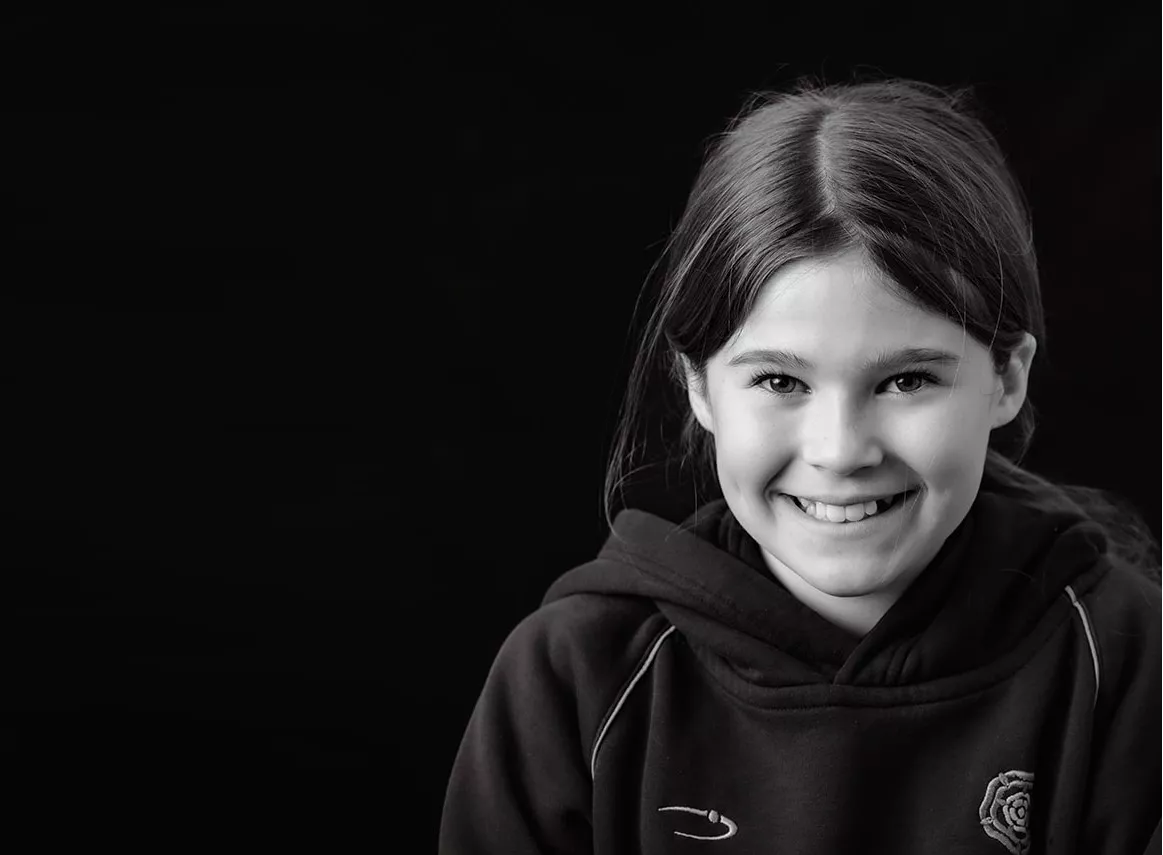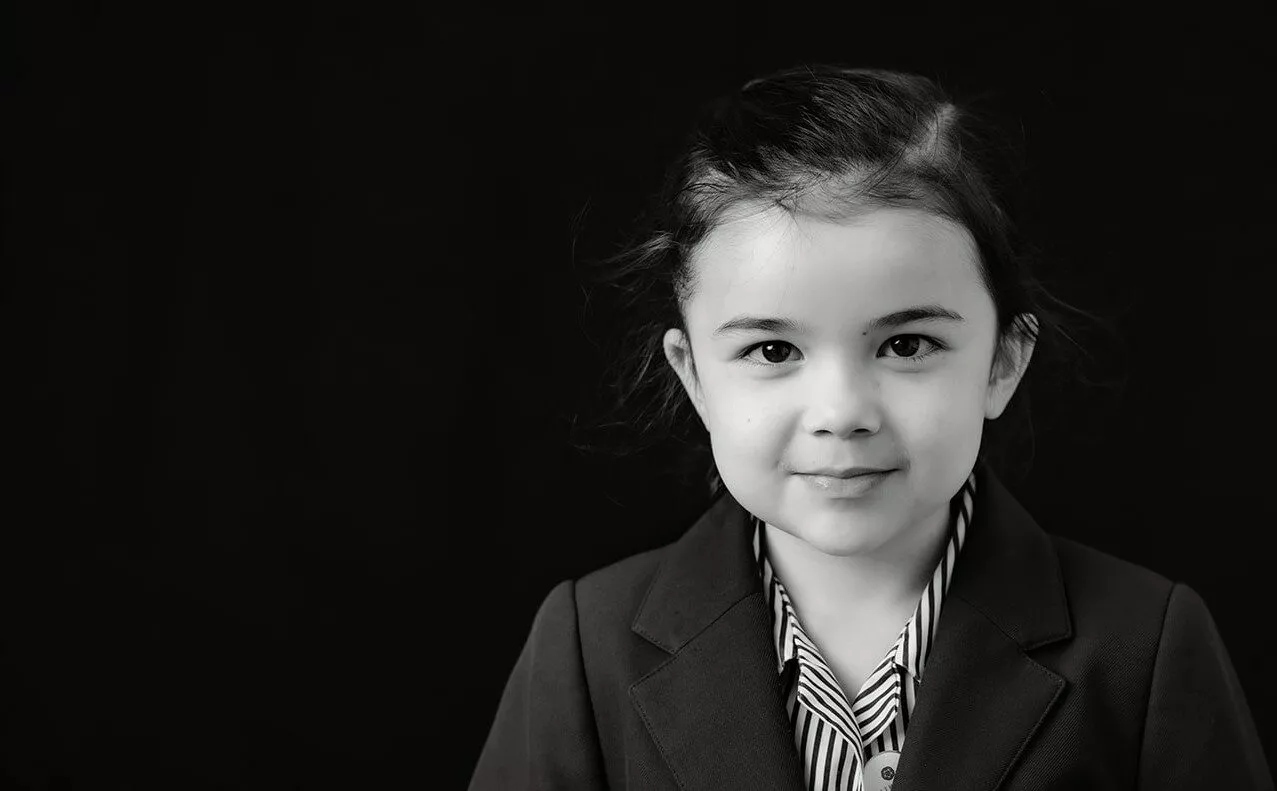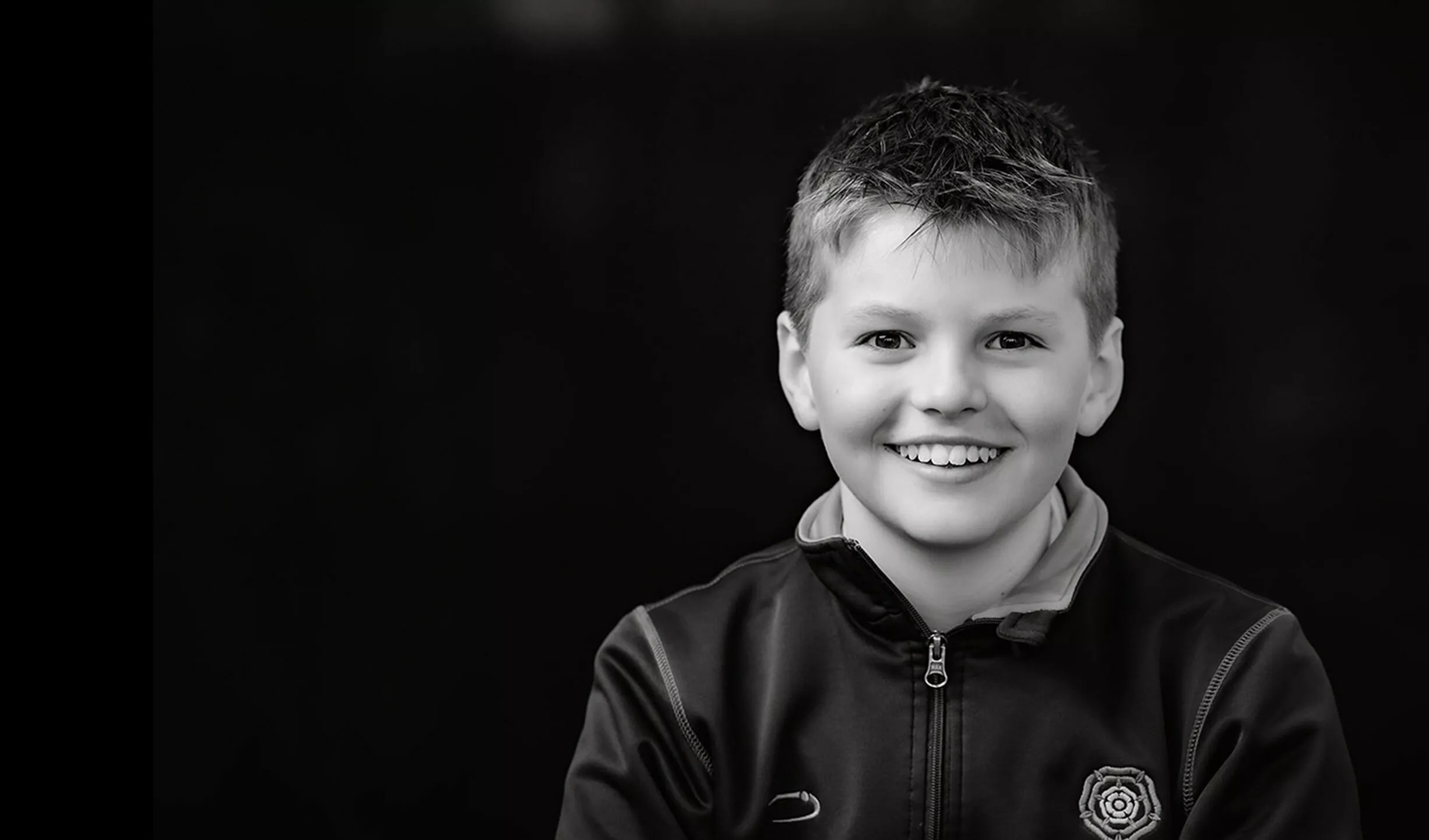Research
What is the most effective way of managing pupil behaviour?

The problems that teachers experience managing disruptive behaviour begin with initial teacher training, which, in its various forms, has a long history of not providing comprehensive training in behaviour management (c.f. Merrett and Wheldall 1993; Williams 2018). In 1989, The Elton Report concluded that disruptive behaviour was an issue for most teachers, even those in ‘well-run schools’. Thirty years later, disruptive behaviour is reportedly ‘endemic’ in English schools (Williams 2018) despite a major shift in teacher training from universities to school-based – a move intended to improve behaviour management skills.
Williams (ibid.) found that almost 50% of teachers believed that their teacher training programme had NOT prepared them to manage pupil behaviour. As a result, many teachers rely on picking up behaviour management strategies along the way in a grab-bag fashion, some of which work for some people. Those teachers who did not learn about behaviour management theory during their training may feel that theory and research are largely irrelevant. Many books on managing behaviour often contain statements like ‘this book avoids dry/ boring/ complex theory and research’ and go on to say how their book is based on common sense and their experience as a teacher.
Despite their rejection of theory and research, their collections of anecdotes, good ideas, tips, collectively constitute their implicit theory of how to manage behaviour in class. What is missing from this type of advice is consideration of the volumes of established research and theory about managing behaviour. This article gives a brief overview of some of these underlying theories and offers suggestions as to their use in Classroom Management.
Having a sound knowledge of relevant theory, based on robust empirical research and its application, will enhance your teaching and make it easier to explain and justify your approach to pupils, parents, and colleagues. There is nothing more practical than a good theory (Lewin 1951). However, merely reading about theory is insufficient, unless the resultant knowledge guides and improves your practice. Evidence-based practice requires decisions to be based on the best available, current, valid, and relevant evidence, which is consistently and systematically evaluated.
When it comes to behaviour management, the term evidence-based practice is widely misused. Top tips, anecdotes, and hearsay do not equate to evidence! Behaviour management research draws on contributions from disparate traditions and perspectives (Emmer and Sarbornie 2015). Selecting what works best requires engagement with the theoretical and philosophical assumptions which underpin the evidence, alongside its compatibility with a teacher’s beliefs and goals as well as the school’s context. This should all be incorporated in a classroom management plan (CMP). A comprehensive and effective CMP should include how whole-school, classroom and personal factors might influence the strategies, techniques, and procedures used (see Chaplain 2016, 2017 for details). It should not just focus on producing an orderly environment to create the conditions for academic learning; it should include ways to enhance pupils’ social and moral growth (Chaplain 2016, 2017; Henley 2010). All CMPs should be proactive, that is, more concerned with preventing undesirable behaviour rather than reacting to it. This means teaching pupils how you want them to behave by making your expectations explicit and then reinforcing them as near to the event as possible (Chaplain 2016, 2017). However, classroom management planning should not be a static process since factors such as pupils’ socio-emotional development, what happens at the whole-school level, and beyond the school gates may necessitate change. A competent teacher has the ability and flexibility to adapt to such changes (EU Commission 2013).
“Rigorously researching what works best in respect of managing pupil behaviour should be routine in education. Judging the validity of a claim that one approach is better than another should be based on objective empirical research, not what sounds like a good idea. Unfortunately, that is not always the case in reality”
In order to give direction to your CMP and determine which strategies to use to create a positive classroom climate, your CMP should be framed within a robust empirically-based approach, founded on established theory and research, and which has been tested and shown to be effective within a classroom. Many seemingly appealing strategies do not have an empirical base.
Framing your CMP
It is important to remember that any knowledge you acquire in respect of behaviour management – as with any other new knowledge – is filtered through your existing beliefs and principles, that you have accumulated through your life experiences. These will include your established beliefs about why pupils behave the way they do, your expectations in respect of behaviour in your class, and your perceived capability to manage them. Among the many evidence-based approaches, cognitive-behavioural approaches have a long-established record of measurable effectiveness in managing pupil behaviour (c.f. Mayer et al. 2009; Ruttledge and Petrides 2012).
Cognitive-behavioural approaches (CBA) draw on models and methods from educational, psychological, and neuroscientific research about behaviour management and wider aspects of human behaviour. They are organised on a continuum which utilises behavioural methods at one end and cognitive at the other, with varying levels of each in between. They are a loose collection of models and methods arranged around the premise that emotions and associated behaviours result from a transaction between the environment and a pupil’s interpretation and appraisal of it – which can be positive or negative (Friedberg and McClure 2003). Our thoughts and feelings about events, even those that have not occurred, can have a profound effect on our functioning.
Many research projects have demonstrated the effectiveness of CBA in managing disruptive behaviours in pupils (Mennuti et al. 2012). CBA can be applied at the group level (e.g. social problem solving) or individual level (e.g. ADHD pupil). Behavioural approaches focus on manipulating the environment to change behaviour (e.g. changing a classroom seating arrangement to reduce chattering).
They can be used to address organisational influences (e.g. establishing classroom routines) or developing social skills. Cognitive elements can be used to address cognitive deficiencies including self-control of impulsive behaviour and self-regulation of emotions in social contexts. Providing activities which lead to pupil selfcontrol means less time is wasted on dealing with misbehaviour increasing the time available for meaningful work. Cognitive approaches have an emphasis on spoken communication and require a trusting and safe relationship between pupil and teacher. Hence behavioural approaches, which do not rely solely on spoken communication, would be more suitable for pupils with limited language skills (e.g. younger/ SEND pupils). I next consider two important factors of classroom climate that contribute to effective behaviour management.
Classroom climate – some organisational and psychosocial factors
Classroom climate is the sum of the global emotional and management aspects of the classroom (Babad 2009). At one level it concerns organisation, such as the development of classroom routines and procedures, which makes life predictable and results in pupils feeling safe and secure. Routines are what is known in social psychology as a behavioural or social script (Fiske and Taylor 2013). A social script is a set of behaviours and consequences that are expected in a particular context and in school will vary from lesson to lesson, and teacher to teacher. To be effective routines need to be taught explicitly until they are established, and the quickest way to do so is by using a behavioural approach (i.e. reinforcement of desired behaviour). Reinforcement can be tangible (e.g. stickers, points) or social (e.g. verbal support). Done correctly this provides a foundation for a positive relationship with a class by association between a teacher and the reinforcer (something they like).
The quality of social interaction between teacher and pupil has a direct relationship with the psychosocial classroom climate, including pupils’ social behaviour. A positive climate is associated with a sense of connectedness and enjoyment which leads to greater pupil engagement with learning and less disruptive behaviour (Crosnoe et al. 2004). Social elements of classroom climate are dependent upon how teachers communicate their expectations through verbal (VB) and nonverbal (NVB) behaviour.
Whilst language is the primary means of communicating, Kostic and Chadee (2014) emphasise the importance of NVB since they convey emotional states. Although teachers can exert volitional control over what they say, they are less adept at controlling their facial expression and body language (Babad and Taylor 1992). Teachers who claimed they could control their NVB were found to be least able to do so (Babad 2009). Communication can be corrupted through ‘emotional leakage’, undermining what is being said when it is not consistent with other NVB being displayed. For example, Ekman (2009) found that micro-expressions of emotion, which last for less than 0.5 seconds, often do not match what is being said or gestured, and so reveal the true emotional state of an individual.
Babad et al. (2003) have carried out a series of studies of primary and secondary pupils in which they were required to judge NVB of teachers without hearing what was being said. They found that pupils as young as 10 could easily detect favouritism and did not appreciate it. Where this occurs, pupils are more likely to respond negatively. Since cognitive approaches require a trusting relationship between teacher and pupils, contradictory messages from teachers are not conducive to forming such relationships. It is possible for teachers to learn to control their NVB but is easier for some than others. One method of starting this process is to video yourself teaching*. Then review the video with the sound turned off and evaluate the messages being conveyed to different pupils. Do the messages seem similar as judged by physical proximity, body posture, gesture, eye contact, smiling? You can carry out the same process with trusted colleagues to determine the inter-rater reliability of your conclusions.
In sum, there is no one-size-fits-all CMP to manage disruptive behaviour effectively. Classroom dynamics are fluid, so to make your CMP effective you need to monitor and evaluate it in order to respond to a changing classroom climate. However, the evaluation can only be as robust as the research on which the CMP is based.
* NB ensure child safeguarding policies are followed when using recording equipment in the classroom















